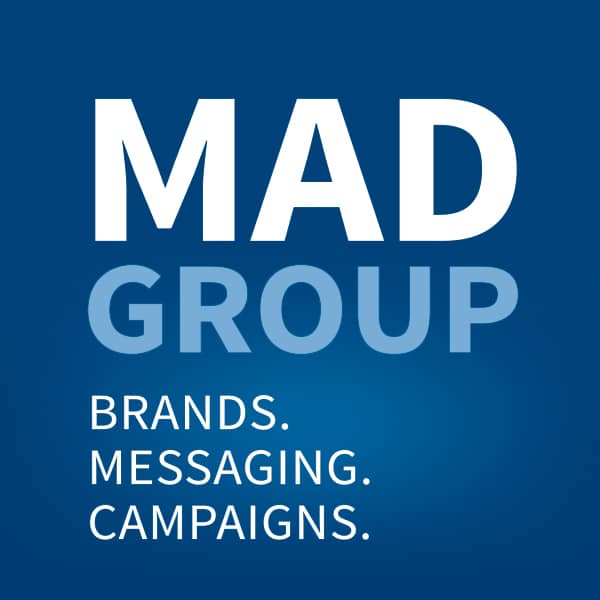The Battle for Business Dominance: Traditional Marketing vs Digital Marketing

If you run a business, you’re always looking to find the most effective forms of marketing. And you also want to get the most bang your marketing buck.
So, now that we’re firmly in a digital world, you’re likely wondering if a traditional marketing approach is the way to go, or if you should be fully digital with your marketing.
It’s a great question, and one we’ll take a look at in this post.
We’ll go over the pros and cons of traditional marketing and digital marketing so you’ll have a better sense of what each one can bring to your business, as well as the potential drawbacks for each.
And you can make an educated decision as to which might be right for you and your company.
Sound interesting? Keep reading to find out more!
Traditional Marketing
Traditional marketing is exactly what it sounds like. The marketing that has been used for decades as the primary means of spreading the word about goods, services, and the companies who offer them.
It sometimes might seem like the era of traditional advertising is over, given the amount of non-traditional marketing that goes on.
But that’s actually not true. Traditional marketing is still popular and effective amongst some demographics with mediums like newspapers and magazines, TV, radio, brochures, flyers, and more.
Let’s talk about some of the advantages of traditional marketing.
Reach A Local Target Audience Organically
Sending handwritten letters with inserts is still highly effective. Buying ad time on local radio stations or sending flyers in the mail that have compelling call-to-actions are also effective. You still have the ability to target specific demographics in specific local areas with this form of marketing.
That means you can get a level of marketing specificity even with a relatively lo-fi method.
Ease of Use
A Canadian study showed that direct mail marketing calls for more than 20% less cognitive brain power than digital marketing.
And it’s also something that can be sent to anyone across the country, even those without regular Internet access.
Plus, if you are utilizing tangible items like paper flyers, people have an opportunity to physically save them in their home as a reminder.
Next, let’s look at some of the negatives of traditional marketing.
Engagement
Some drawbacks to traditional marketing can be its expense, less ability to track accurately, the ability to engage with consumers, even targeted follow-ups on those people who are interested but ready to buy yet. Of all of these, engagement might be the biggest drawback.
This means you are putting information out there and just hoping people pursue it.
Cost and ROI
Traditional marketing can be more expensive with some mediums. This is especially true when it comes to anything TV related. But even radio ads on small-town stations can quickly add up.
With traditional marketing, it’s also tricky to figure out if there’s a direct return on investment from your marketing campaign. There aren’t as many tangible numbers you can use to measure this.
Next, let’s take a look at some of the advantages of digital marketing.
Digital Marketing Targeting and Tailoring
The Internet lives everywhere, so putting up a blog or a post to advertise your business can just as easily reach someone across the globe as it can reach your next door neighbor.
You can also tailor your content in more ways, in order to reach hyper-specific segments of the population. If you know some of the parameters of your ideal customer, you can target them with much more precision with digital marketing.
And, since it’s constantly evolving, you can always update your digital marketing to find the best methods.
Better Engagement and More Options
As anyone who enjoys social media can tell you, a lot of its fun lies in the engagement with other people. So if you are using social media as a part of your digital marketing strategy, it means people can respond and interact with you.
It also means that people can often choose the medium with which they engage you and your brand. If you have an Instagram ad, it means people who are partial to Instagram will interact with you on that platform.
And the same goes for people who are partial to all the other major platforms. You are essentially communicating with them in their comfort zone, which helps build trust.
Cost and ROI
Digital marketing can be much more cost effective than traditional marketing. And that’s even with the help of a marketing company and paid ad buys.
And there’s no comparison when it comes to measuring ROI with your digital marketing plan.
Services like Google Analytics can give you precise numbers on things like how many people have visited your site and how many of them clicked on ads.
It can also tell you how long people stayed on your site, and who purchased what from you.
These analytics make it a snap to figure out if your latest digital marketing moves are having any effect on your return on investment.
Non-Intrusive, and Potentially Viral
If you’ve ever been locked into the twists and turns of a TV show, only to have it interrupted by an annoying ad, you know the experience of intrusive advertising.
With digital marketing, you can sometimes avoid this type of intrusion. If people want to ignore your online ads, for example, they can do so. But if they are intrigued by what you are offering, they can click on the ad and follow it to your site.
And digital marketing has the potential to go viral, something traditional marketing really can’t do, other than by strict word of mouth.
With digital, a post, video or social media meme can spread around the world in minutes, giving you the ultimate in marketing success.
Traditional Marketing and Digital Marketing
As you can see, there are reasons to hang onto traditional marketing techniques, as well as reasons to move forward to the world of digital marketing.
Depending on what you and your company needs, you might even want to try some of both.
Either way, this primer should have given you a better sense of the pros and cons of each. And now it’s up to you to decide which strategy fits your company, your brand, and your marketing goals.
If you have questions or want to know more, contact us today!
